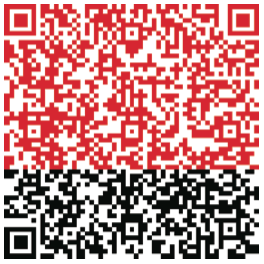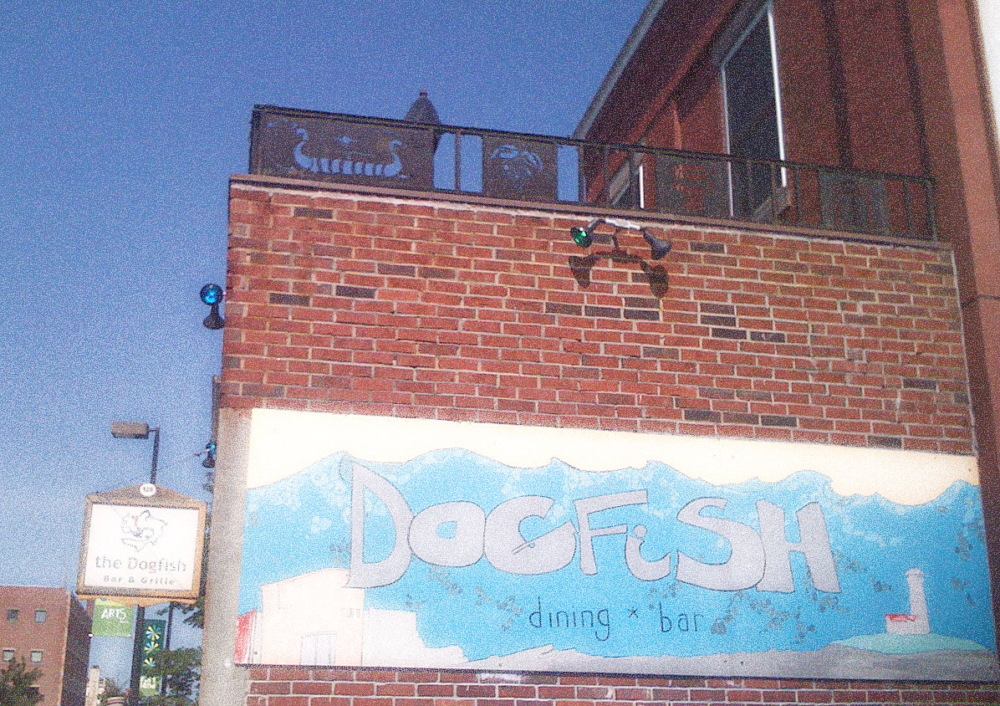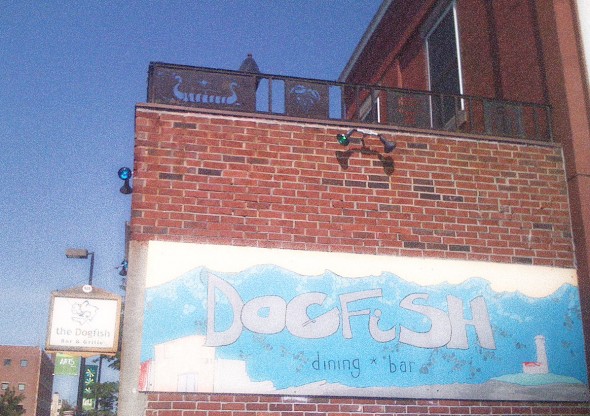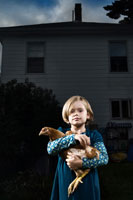
We’ve all seen these little square-shaped boxes filled with tiny squares arranged in seemingly random and complicated ways. They pop up everywhere, from TV ads to the sides of buses to the backs of business cards (including mine).
Why?
QR (short for Quick Response) code is similar to a bar code. It’s a format well-suited for the smartphone user. Digital info can be captured and displayed as a unique pattern within the QR code (the more info, the more detailed the matrix pattern). Using a QR reader on your Droid or iPhone, you can point your camera lens at a QR code to show text, a url, vcard or other data contained within.
Why?
QR codes may turn out to be a fad, but I think they have merit. The QR code on the back of my business cards, for example (above), contains my address information—my vCard—within it. Instead of typing in all that info onto your little smartphone, you can point your phone at the code and -voila!- my name, address, phone and email will pop up ready to be added to your address book. It looks kind of cool, but it’s practical and thus earns a place on my card.
If you’re interested in checking it out, go to any one of many QR code generators just a Google search away online. I currently use i-nigma and QRReader on my iPhone. Note: If you have a pre-third-generation iPhone like I do, you may have trouble with the more complicated patterns (like mine, above) due to the limited ability of the camera sensor.
If you do use a QR code, consider creating special content—like coupons, a deal, or some funny or clever video that reveals itself only to QR cool kids. Remember. A QR code can be used for good or evil. Check out this cool example just to start your day out right (below).








